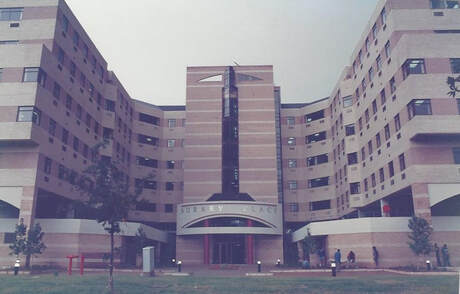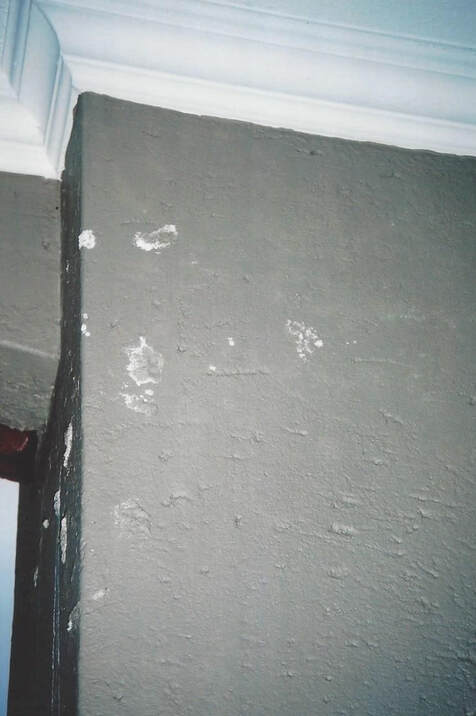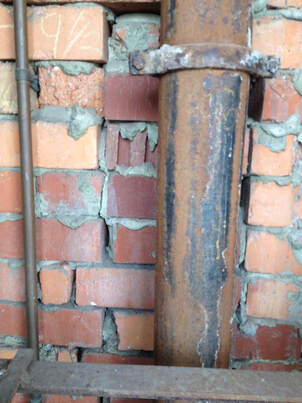|
Will your construction project be 100% complete when it's finished? Well that appears to be a stupid question? If a project’s complete, that means it’s finished? Yet many contractors finish a construction project – hand it to the owner, but then spend months, maybe even years, completing snags and defects. They tell everyone the project is finished, but it’s not. Case study: Many years ago, while on business, I stayed at a hotel which had just been constructed for a major hotel chain. I was surprised to see so many construction workers still working in and around the hotel. Later that night as I showered I was dismayed that water from the shower ran across the whole bathroom floor, soaking everything in its path. I tried to form a dam with the towels and bath mat to keep the water in the shower, but without much success. Over the course of the next 18 months I stayed at the hotel on many occasions while visiting my own construction project, which we completed in this time. I stayed in many different rooms and most had a similar problem with the shower, together with other snags or punch list items. Over time the number of workers from the original contractor diminished, but there were still some repairing defects when I last stayed there. The construction period for the hotel had been less than 18 months, but here they were still repairing defects 18 months after the hotel had been opened! Imagine what that cost? But now in the city where I live this almost seems to be the norm. We own an apartment in a large building, and it took 4 years for the builder to repair leaks on balconies, and 6 years after it was completed the owners are still battling with the builder to resolve the leaking swimming pool. A similar story is repeated in many other apartment blocks. #constructiondefects #constructionquality #constructionproblems Why are there construction quality problems?"Poor quality construction quality is often due to all parties involved. Client, designer, and contractor." So where does it go wrong in construction? The owner Owners don’t help quality problem when they:
The designer Designers exacerbate the problem by:
The contractor Ultimately the quality of construction rests with the contractor. But contractors are often their own worst enemy. Contractors:
"The person who allowed the problem to occur in the first place doesn’t have to fix it, so is oblivious to the cost their carelessness has caused." But it’s also more than this. Contractors leave their snagging, or punch listing, to the end of the project, often asking staff to rectify mistakes made by others before them. For the duration of the construction works every one appears blind to the quality problems, accepting that if there’s a piece of paper ticked to say the item’s been inspected it must be ok. So the problem that occurs in apartment 1 probably is replicated through all the apartments to apartment 1091! Furthermore the person who allowed the problem to occur in the first place doesn’t have to fix it, so is oblivious to the cost their carelessness has caused. Repairing defective work on your construction project "Do you know what poor quality costs your project and company?" The cost of poor quality constructionOwners Owners think that poor quality doesn’t cost them anything – after all, the contractor will rectify the problem. But it does cost the owner.
The Contractor The contractor often does not even begin to understand the costs which are usually far more than just monetary.
"The action of all parties can negatively impact quality." Improving quality in constructionThe action of all parties can negatively impact construction quality. It’s in all the parties’ interests that they understand the actual costs of poor construction quality. Snag, or punch list items should be attended to as the construction project proceeds, preferably by the person responsible for the defect. These items should be tracked so they aren’t repeated. They need to be closed out as soon as possible so the construction project is completed and staff can move off site. How important is quality on your project #constructionmanagement #constructionprojectmanagement #contractors "Brief, easy to follow, good examples and the real management world. I will use it has a reference on my job." (Reader Amazon Spain) The information is this article is adapted from the author's acclaimed books ‘Successful Construction Project Management: The Practical Guide’ and ‘Building a Successful Construction Company: The Practical Guide’. Both books are available in paperback and e-book from Amazon and other retail outlets. Read Reviews. Read more about Paul Netscher Want to contact Paul send a message Contact See how Paul Netscher can help you on the services page.
This article was first published in www.accedeglobal.com © 2022 This article is not to be reproduced for commercial purposes without written permission from the author. construction management construction project management
0 Comments
Leave a Reply. |
Archives
June 2024
Note: We welcome genuine comments, especially comments that add additional information to the subject matter in the article. We however reserve the right to remove inappropriate comments, which includes comments that have nothing to do with the subject, comments that include inappropriate language, and comments that are an advertisement for a product or company, or which include an advertising link. Comments must be in English. We will not enter into discussion on why a particular comment was removed.
CategoriesCopyright 2016 - The attached articles cannot be reproduced for commercial purposes without the consent of the author.
The opinions expressed in the attached articles are those of the writer. It should be noted that projects are varied and different laws and restrictions apply which depend on the location of the contractor and the project. It's important that the reader uses the supplied information taking cognisance of their particular circumstances. The writer assumes no responsibility or liability for any loss of any kind arising from the reader using the information or advice contained herein. "I have what I consider some of the best books on construction management."
Books are available from: Amazon.com Amazon.co.uk takealot.com kalahari.com Amazon.in Amazon.de Amazon.fr Amazon.it Amazon.com.au Powell's Fishpond uread bokus Amazon.ca Amazon.es Other retail stores Available in paperback or on Kindle "28 YEARS OF CONSTRUCTION PROJECT MANAGEMENT EXPERIENCE, DEVELOPING SUCCESSFUL CONSTRUCTION PROJECT MANAGERS AND BUILDING SUCCESSFUL CONSTRUCTION COMPANIES"
|







 RSS Feed
RSS Feed




